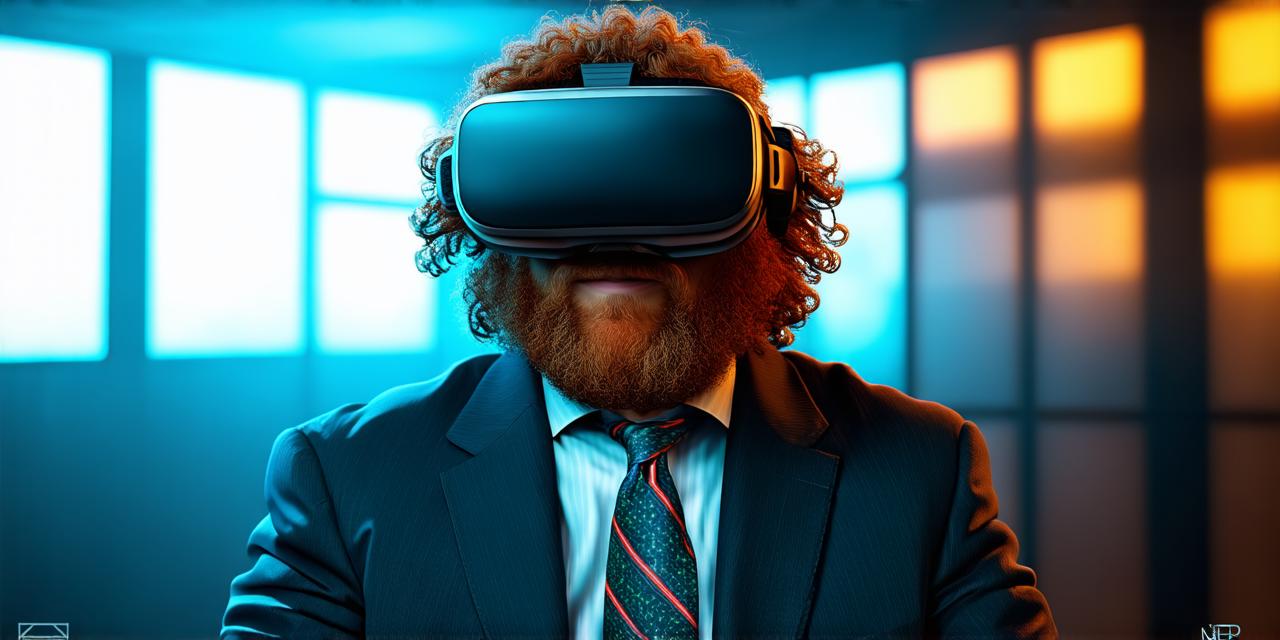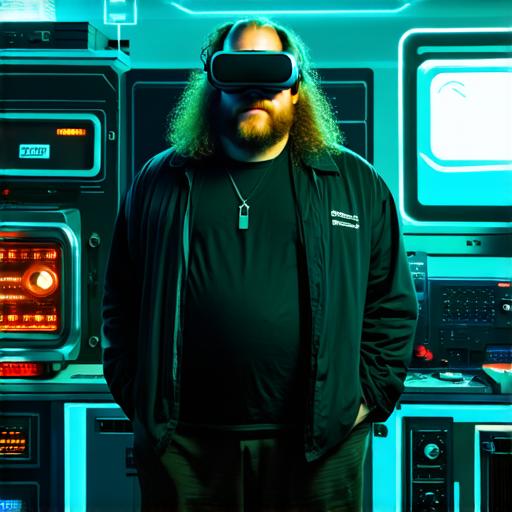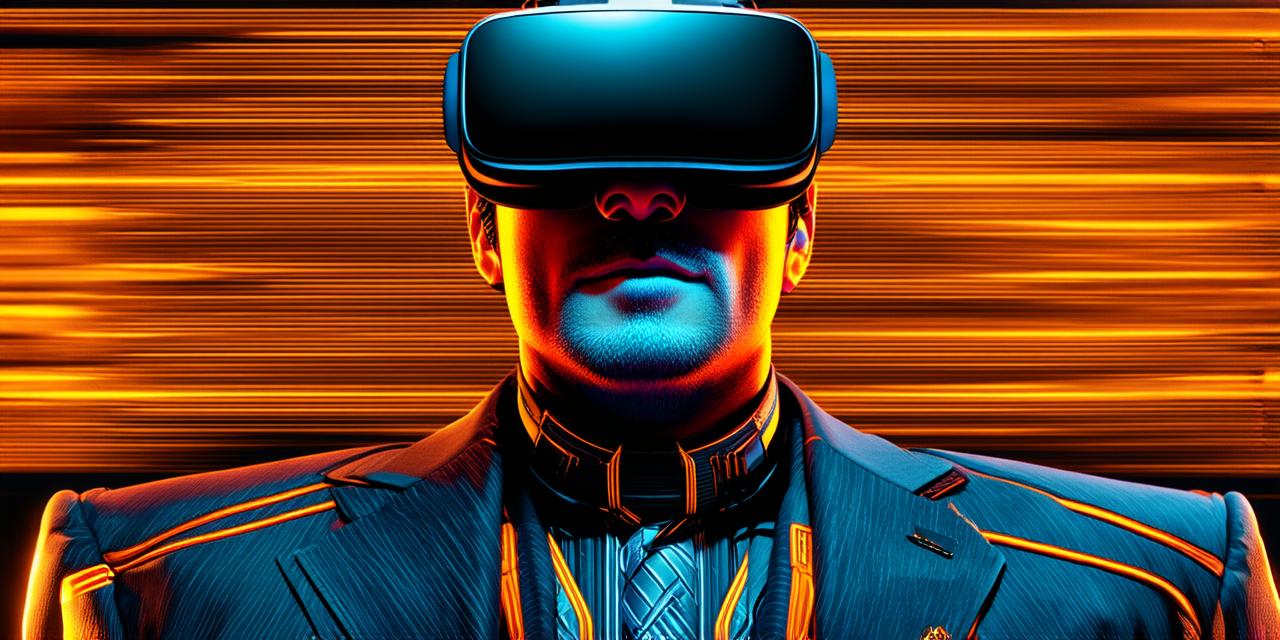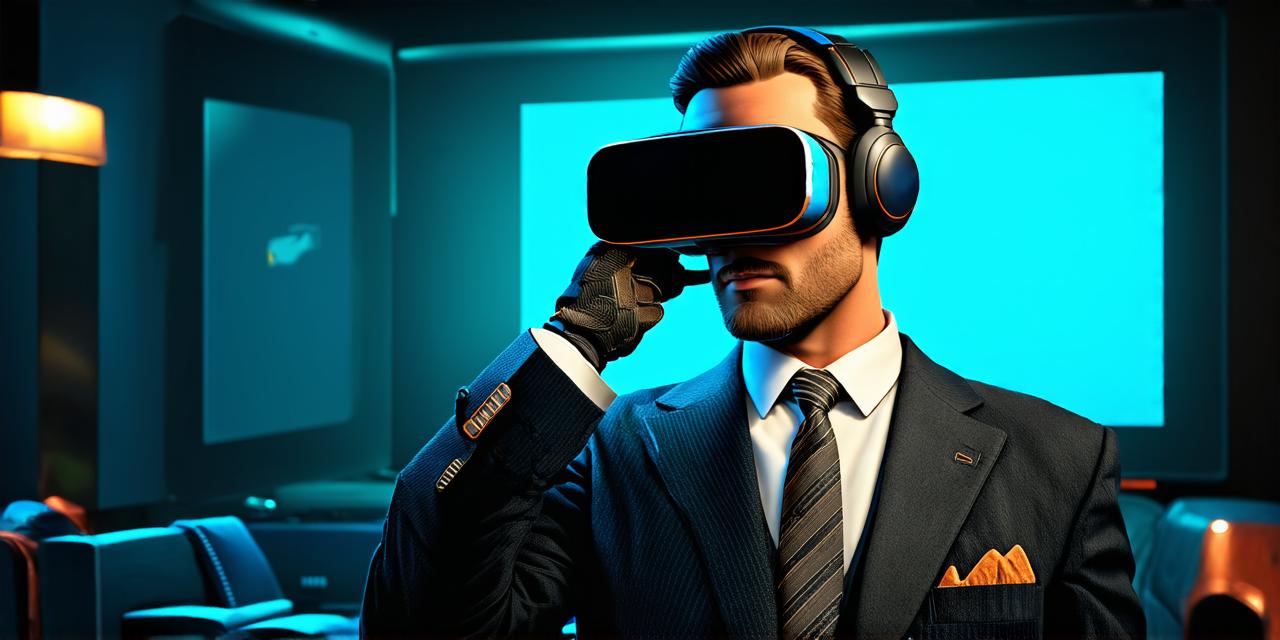
Who is known as the true father of virtual reality?
Virtual reality (VR) technology has come a long way since its inception, with many notable pioneers contributing to its development. However, there is often debate over who should be considered the true “father” of VR. In this article, we will explore the contributions of several key figures and examine why some believe certain individuals are more deserving of this title.
Table of Contents
ToggleEarly pioneers of virtual reality
One of the earliest pioneers of VR was Ivan Sutherland, an American computer scientist who developed the first VR system in 1968. He created a device called the “Sword of Damocles” which consisted of two projectors mounted above the user’s head that projected stereoscopic images onto screens attached to their headset. Although this early system was limited in its capabilities, it laid the foundation for future VR systems and demonstrated the potential of immersive technology.
Another early pioneer of VR was Thomas Goldsmith Jr., an American inventor who patented the first head-mounted display (HMD) in 1968. This device allowed users to view stereoscopic images through two separate screens mounted on their headset, providing a more immersive experience than previous VR systems.
Later pioneers of virtual reality
As technology advanced, other notable pioneers emerged in the field of VR. In the 1970s and 1980s, computer scientists and engineers such as Jaron Lanier, Ed Catmull, and Ken Perlin made significant contributions to the development of VR systems. They developed new algorithms and techniques for creating more realistic and immersive virtual environments.

In the 1990s, the first commercial VR system was released, known as the “Virtual Boy.” Although it was not a major success, it marked a turning point in the mainstream acceptance of VR technology. Later that decade, the launch of the Oculus Rift and HTC Vive systems revolutionized VR by introducing high-resolution displays and more sophisticated tracking technology.
The true father of virtual reality?
While each of these pioneers has made significant contributions to the development of VR technology, there is no clear consensus on who should be considered the true “father” of VR. Some argue that Sutherland’s early work in developing the first VR system was instrumental in establishing the field, while others point to Goldsmith Jr.’s invention of the HMD as a key milestone.
Others argue that the pioneers who developed the algorithms and techniques for creating more immersive virtual environments are equally deserving of recognition. Still, others believe that the success of modern VR systems is due in large part to the efforts of later pioneers who brought the technology into the mainstream.
Ultimately, it is difficult to determine who should be considered the true father of virtual reality as the field has been shaped by the collective contributions of many individuals over several decades. Each of these pioneers has played a crucial role in shaping the VR technology we see today, and their legacy continues to inspire new developments in the field.

